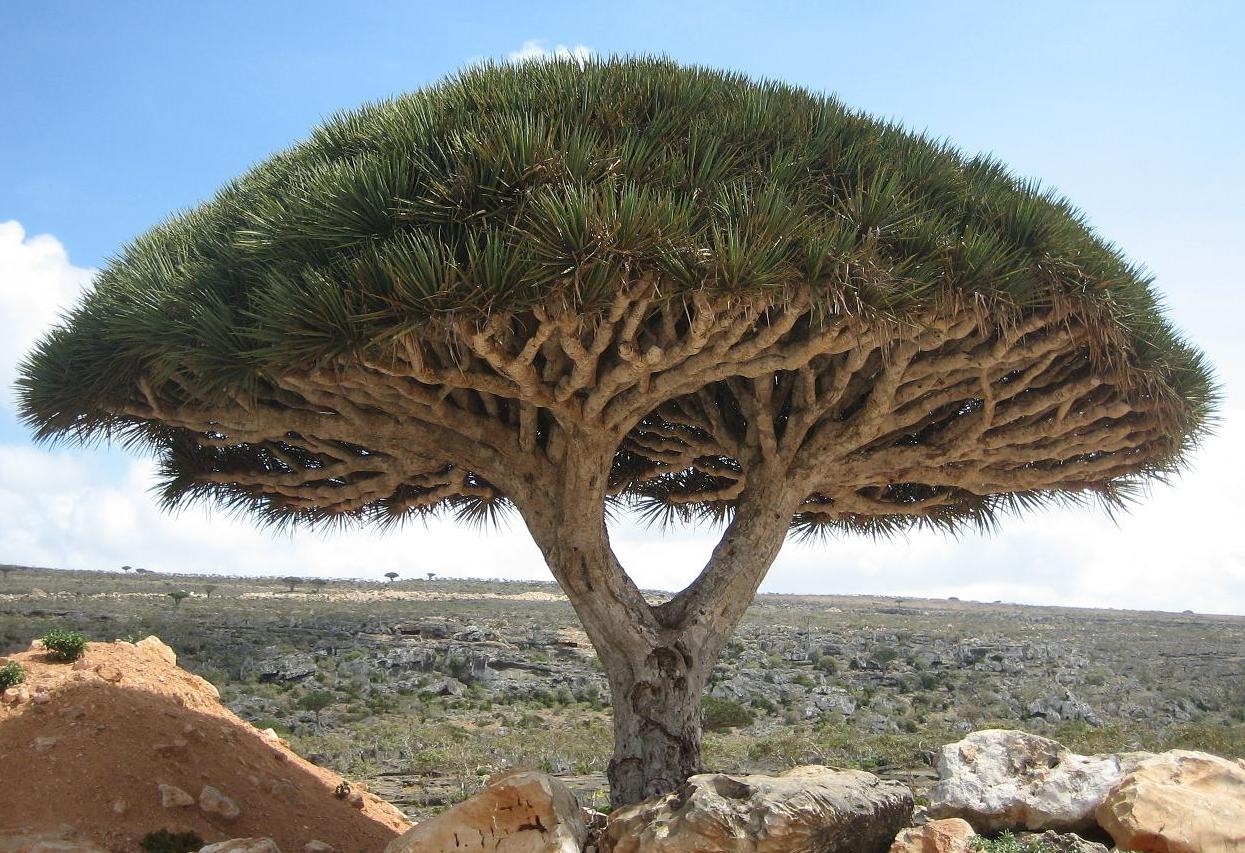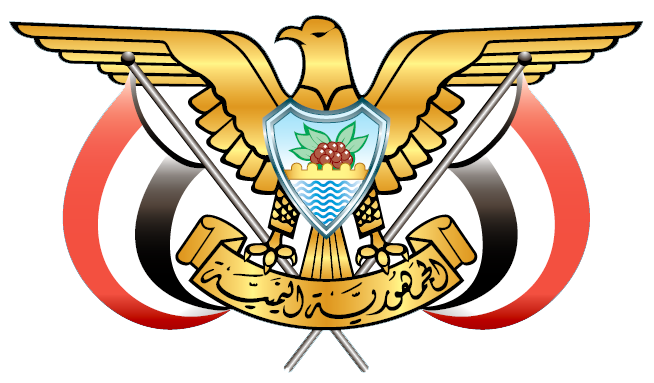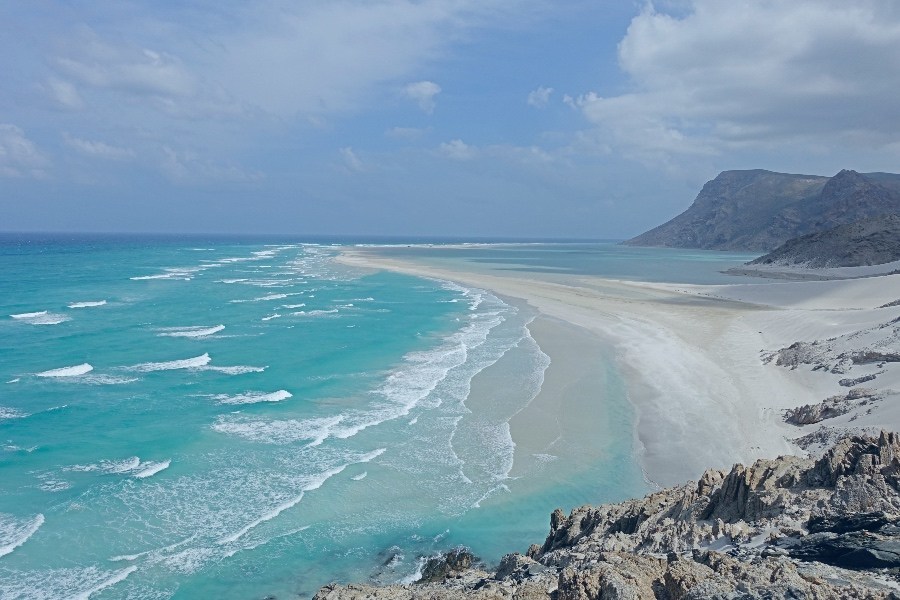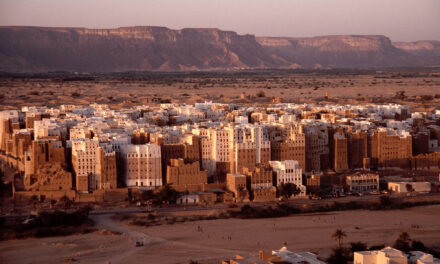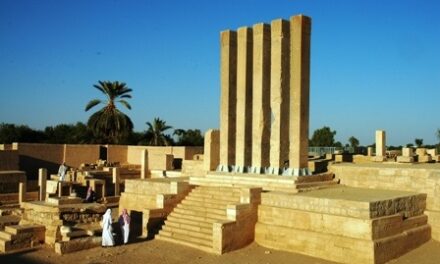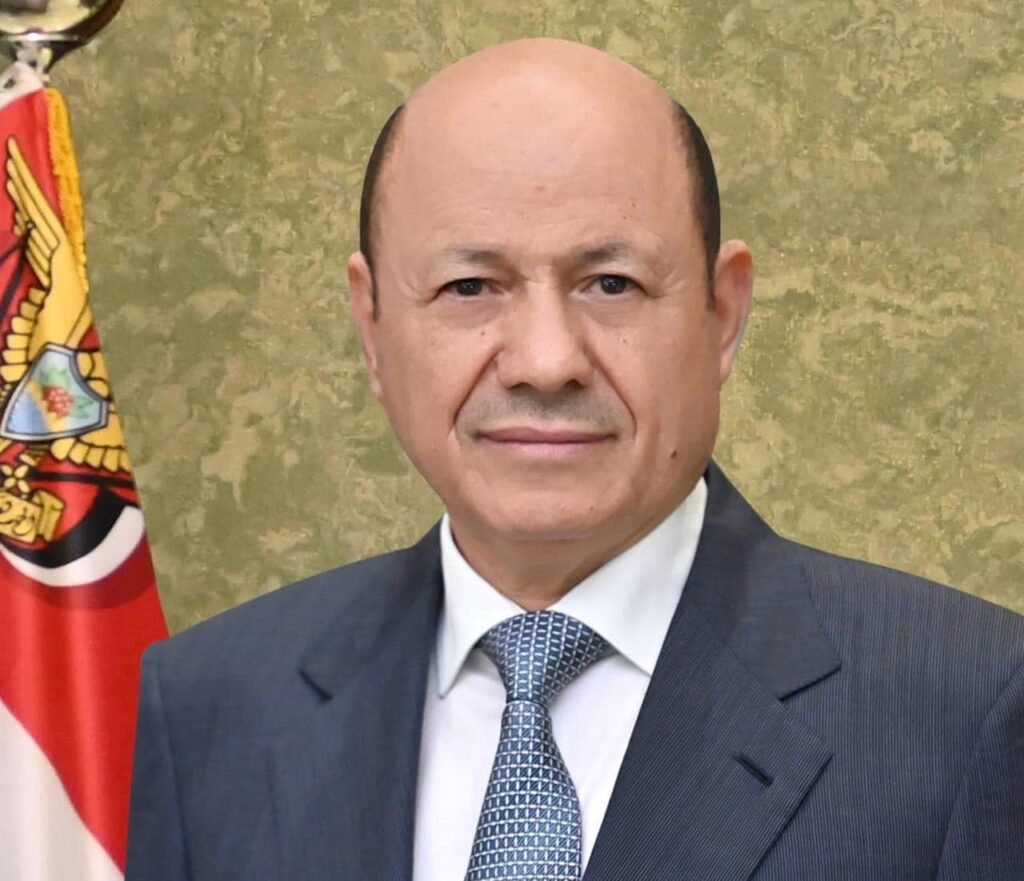Socotra or Soqotra (/səˈkoʊtrə, soʊ-, ˈsɒkətrə/; Arabic: سُقُطْرَىٰ Suquṭrā), located between the Guardafui Channel and the Arabian Sea, is the largest of the four islands in Socotra Archipelago. The territory is located near major shipping routes and is officially part of Yemen, and had long been a subdivision of Aden Governorate. In 2004, it became attached to the Hadhramaut Governorate, which is much closer to the island than Aden (although the nearest governorate was the Al Mahrah Governorate). In 2013, the archipelago became its own governorate: Socotra Governorate.
The island of Socotra constitutes around 95% of the landmass of the Socotra Archipelago. It lies 380 kilometres (240 mi) south of the Arabian Peninsula. While politically a part of Yemen (part of the Arabian Peninsula and thus Western Asia), Socotra and the rest of its archipelago geographically are part of Africa. The island is very isolated, home to a high number of endemic species; up to a third of its plant life is endemic. It has been described as “the most alien-looking place on Earth.” The island measures 132 kilometres (82 mi) in length and 49.7 kilometres (30.9 mi) in width. In 2008 Socotra was recognised as a UNESCO World Heritage Site.

Socotra is considered the jewel of biodiversity in the Arabian Sea. In the 1990s, a team of United Nations biologists conducted a survey of the archfipelago’s flora and fauna. They counted nearly 700 endemic species, found nowhere else on earth; only New Zealand, Hawaii, New Caledonia, and the Galápagos Islands have more impressive numbers.
The long geological isolation of the Socotra archipelago and its fierce heat and drought have combined to create a unique and spectacular endemic flora. Botanical field surveys led by the Centre for Middle Eastern Plants, part of the Royal Botanic Garden Edinburgh, indicate that 307 out of the 825 (37%) plant species on Socotra are endemic, i.e., they are found nowhere else on Earth. The entire flora of the Socotra Archipelago has been assessed for the IUCN Red List, with 3 Critically Endangered and 27 Endangered plant species recognised in 2004.
One of the most striking of Socotra’s plants is the dragon’s blood tree (Dracaena cinnabari), which is a strange-looking, umbrella-shaped tree. Its red sap was thought to be the dragon’s blood of the ancients, sought after as a dye, and today used as paint and varnish. Also important in ancient times were Socotra’s various endemic aloes, used medicinally, and for cosmetics. Other endemic plants include the giant succulent tree Dorstenia gigas, the cucumber tree Dendrosicyos socotranus, the rare Socotran pomegranate (Punica protopunica), Aloe perryi, and Boswellia socotrana.
The island group also has a rich fauna, including several endemic species of birds, such as the Socotra starling (Onychognathus frater), the Socotra sunbird (Nectarinia balfouri), Socotra bunting (Emberiza socotrana), Socotra cisticola (Cisticola haesitatus), Socotra sparrow (Passer insularis), Socotra golden-winged grosbeak (Rhynchostruthus socotranus), and a species in a monotypic genus, the Socotra warbler (Incana incana). Many of the bird species are endangered by predation by non-native feral cats. With only one endemic mammal, 6 endemic bird species and no amphibians, reptiles constitute the most relevant Socotran vertebrate fauna with 31 species. If one excludes the two recently introduced species, Hemidactylus robustus and Hemidactylus flaviviridis, all native species are endemic. There is a very high level of endemism at both species (29 of 31, 94%) and genus levels (5 of 12, 42%). At the species level, endemicity may be even higher, as phylogenetic studies have uncovered substantial hidden diversity. The reptile species include skinks, legless lizards, and one species of chameleon, Chamaeleo monachus. There are many endemic invertebrates, including several spiders (such as the tarantula Monocentropus balfouri) and three species of freshwater crabs (one Socotra pseudocardisoma and two Socotrapotamon).
As with many isolated island systems, bats are the only mammals native to Socotra. In contrast, the coral reefs of Socotra are diverse, with many endemic species. Socotra is also one of the homes of the butterfly Bicyclus anynana.
Over the two thousand years of human settlement on the islands the environment has slowly but continuously changed, and, according to Jonathan Kingdon, “the animals and plants that remain represent a degraded fraction of what once existed.” The Periplus of the Erythraean Sea says the island had crocodiles and large lizards, and the present reptilian fauna appears to be greatly reduced. Until a few centuries ago, there were rivers and wetlands on the island, greater stocks of the endemic trees, and abundant pasture. The Portuguese recorded the presence of water buffaloes in the early 17th century. Now there are only sand gullies, and many native plants only survive where there is greater moisture or protection from livestock. The remaining Socotra fauna is greatly threatened by goats and other introduced species.
